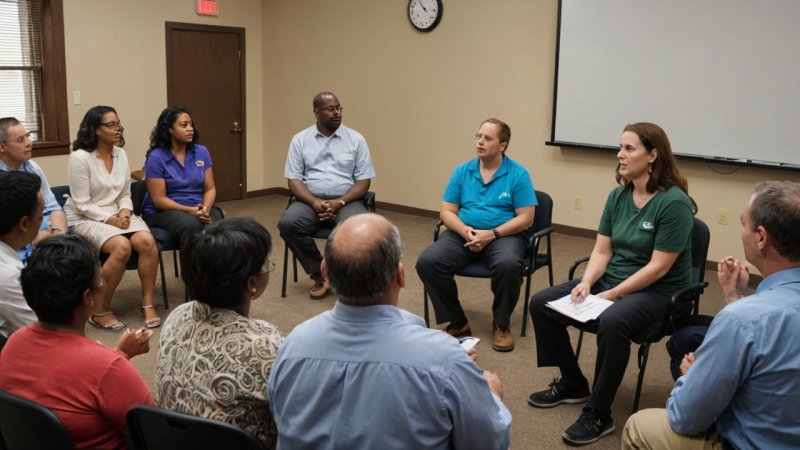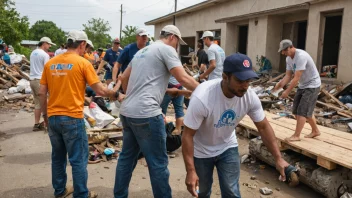Introduction
Disasters can strike at any moment, leaving communities devastated and in need of immediate support. While traditional disaster recovery methods often focus on immediate humanitarian aid, integrating environmental justice into these efforts is crucial for sustainable recovery. Environmental justice ensures that all communities, especially marginalized ones, have equitable access to resources and support during recovery efforts. Here are the top five ways environmental justice plays a vital role in disaster recovery.
1. Promoting Inclusive Decision-Making
Environmental justice emphasizes the importance of including all community voices in recovery planning. This means engaging with underrepresented groups who are often the most affected by disasters. By incorporating their perspectives, recovery efforts can better address specific needs and ensure that solutions are equitable and effective.
2. Addressing Pre-Existing Vulnerabilities
Disasters do not affect everyone equally, and pre-existing vulnerabilities can exacerbate the impact. Environmental justice initiatives focus on identifying and addressing these vulnerabilities, such as poor housing conditions or lack of access to healthcare. By tackling these issues before a disaster strikes, communities can build resilience and recover more effectively.
3. Ensuring Access to Resources
Equitable access to resources is a cornerstone of environmental justice. In disaster recovery, this means ensuring that all community members have access to essential services such as clean water, food, and healthcare. Recovery plans that prioritize resource allocation based on need can help level the playing field and support the most vulnerable populations.
4. Advocating for Sustainable Practices
Environmental justice encourages the adoption of sustainable practices in disaster recovery. This includes using eco-friendly materials for rebuilding and promoting renewable energy sources. By focusing on sustainability, communities can not only recover from disasters but also enhance their resilience against future events.
5. Fostering Community Empowerment
Empowering communities is essential for effective disaster recovery. Environmental justice initiatives promote local leadership and capacity building, enabling communities to take charge of their recovery processes. This empowerment leads to stronger, more resilient communities that can advocate for their needs and rights in the face of future disasters.
Conclusion
Integrating environmental justice into disaster recovery efforts is not just beneficial but essential for creating equitable and sustainable solutions. By promoting inclusive decision-making, addressing vulnerabilities, ensuring resource access, advocating for sustainability, and fostering community empowerment, we can build stronger communities prepared to face future challenges. Embracing environmental justice in disaster recovery not only aids in immediate recovery but also lays the groundwork for long-term resilience.






